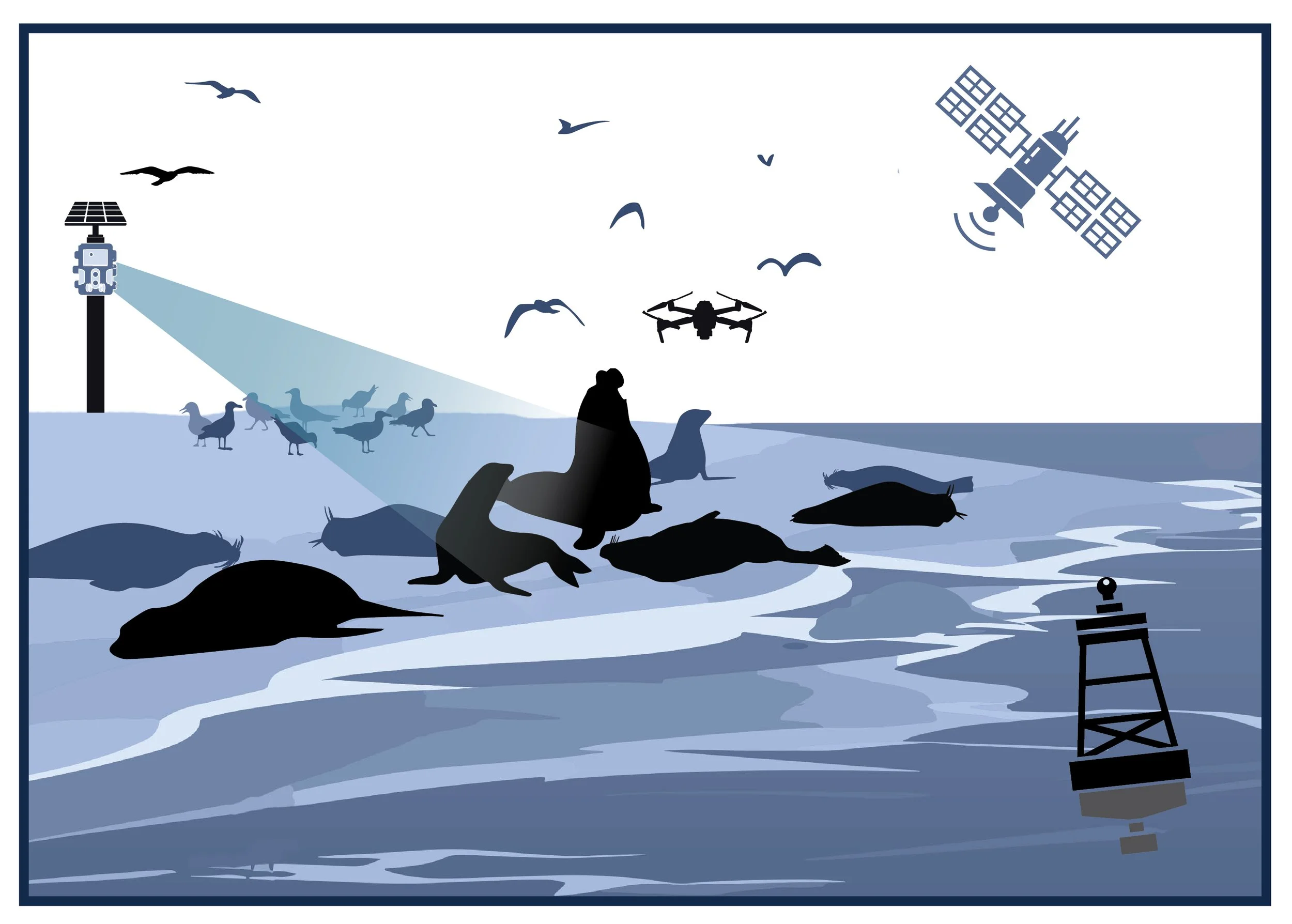What is CPI doing about H5N1?
The emergence of H5N1 Highly Pathogenic Avian Influenza (HPAI) in North America poses an escalating threat to public health, livestock production, wildlife populations, and global health security. Since 2022, the H5N1 HPAI clade 2.3.4.4b has caused large-scale outbreaks in wild migratory bird communities, adapted to new mammalian hosts and spread mammal-to-mammal. Incursion of HPAI H5N1 into marine mammals with unprecedented outbreaks in wild birds, seals, and sea lions in South America was one of the first harbingers that the evolution and adaptation of this zoonotic pathogen had entered a new ecological scenario. Given the ongoing transmission in wildlife and agricultural settings, H5N1 HPAI presents a sustained pandemic risk, necessitating new surveillance strategies for early detection and risk mitigation.
Given the ongoing transmission in wildlife and agricultural settings, H5N1 HPAI presents a sustained pandemic risk, necessitating new surveillance strategies for early detection to inform risk mitigation and interventions. The virus appears to spread rapidly between species in nature, raising concerns for both conservation and public health. Recombination and reassortment can quickly shuffle genes and generate new virus strains with difficult to predict qualities. This emerging situation highlights how little we understand about virus transmission in wildlife and urgent investigations are needed to study transmission cycles and the factors that influence them.
In response to this challenge, the NSF CPI aims to develop innovative sensing technology and models for spillover in complex environments to better understand HPAI transmission and spillover risk. Innovative sensing technology can help characterize poorly understood factors that potentially influence transmission cycles and spillover risk that can be implemented in addition to traditional surveillance methods. NSF CPI is developing sensing technology that can inform on animal health status changes that often go unseen. Our center is also expanding techniques that will monitor and track animal health, abundance, intra- and interspecies interactions, and movement patterns at individual and population levels for wildlife.
Our team is collaborating with researchers focusing on sites where coastal marine mammals and birds gather in large colonies on coastlines. These sites are critically important from a conservation perspective. By combining traditional and innovative technology for monitoring population health and modeling risk in complex environments, our Center will advance our understanding of this emerging crisis.

